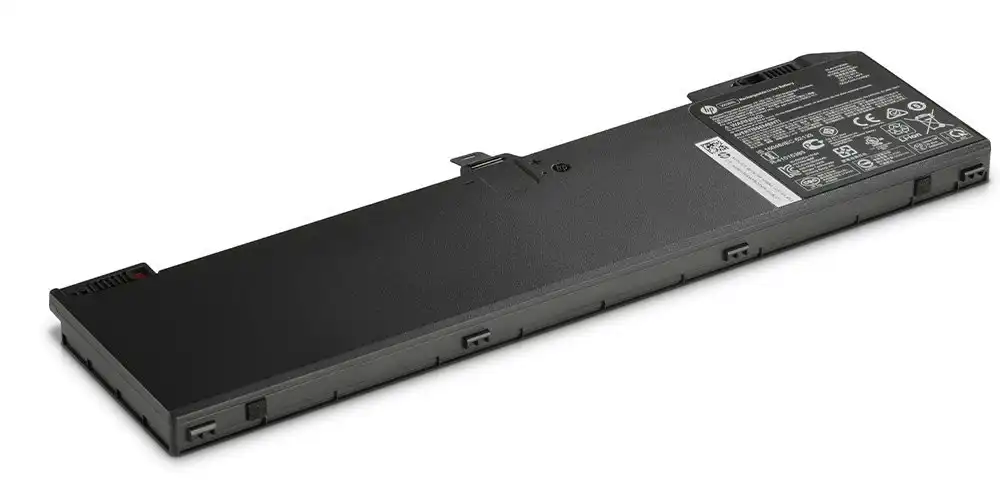When it comes to selecting an embedded computer for your application, there are a few factors you need to take into account. One of the most important is whether or not you want a fanless design. Fanless computers have several advantages over their traditional counterparts. Here’s what you need to know about selecting a fanless embedded computer.
-The most important factors to consider when selecting a fanless embedded computer
Include: processing power, operating temperature, I/O capabilities, and expandability.
When selecting a fanless embedded computer, the most important factors to consider include processing power, operating temperature, I/O capabilities, and expandability. A fanless embedded computer with high processing power can handle complex tasks and is therefore ideal for industrial or commercial applications. If you will be using the fanless embedded computer in an environment where temperature fluctuations are common, then choose a model that can operate within a wide temperature range. For example, some fanless embedded computers are designed to operate in temperatures as low as -20 degrees Celsius (-4 degrees Fahrenheit) and as high as 70 degrees Celsius (158 degrees Fahrenheit). I/O capabilities refer to the number and type of input/output ports that the fanless embedded computer has. If you need to connect the fanless embedded computer to multiple devices, then make sure that it has the appropriate number and type of I/O ports. Finally, expandability refers to the ability to add new components or peripherals to the fanless embedded computer. If you think you might need to expand the capabilities of your fanless embedded computer in the future, then choose a model that is easily expandable.
-The processing power of the system.
This is important for two reasons: first, because it determines how quickly the embedded computer can complete tasks; and second, because it affects the overall power consumption of the system. A higher-powered processor will be able to handle more complex tasks more quickly, but will also consume more power. Conversely, a lower-powered processor will be less capable but will also consume less power. Therefore, it is important to consider the specific needs of the application when determining the appropriate level of processing power.
-Operating temperature
As fanless computers are typically used in environments where temperature extremes could damage or disable standard components, it is important to ensure that the model you select can operate within the temperature range required for your application. Additionally, be sure to check whether the computer you are considering has any features or capabilities that could help to protect it from extreme temperatures.
-I/O capabilities
They determine what sorts of peripherals can be used with the embedded computer.if you need to use an external display, you will need to ensure that the computer has the appropriate port for connecting this display. Additionally, if you need to use specialized peripherals, such as barcode scanners or RFID readers, you will need to ensure that the computer has the necessary ports and interfaces for these devices. Without the proper I/O capabilities, an embedded computer will be severely limited in its usefulness.
-Expandability
Some fanless embedded computers are designed to be easily expanded with additional modules or cards, making them ideal for applications that require more computing power or storage capacity. With expansion capabilities, these computers can grow with your needs, making them a versatile and future-proof investment.








